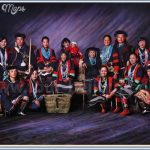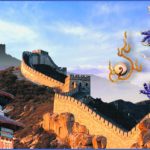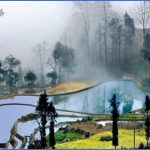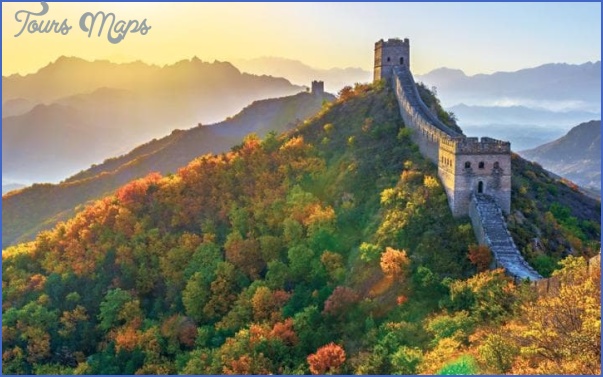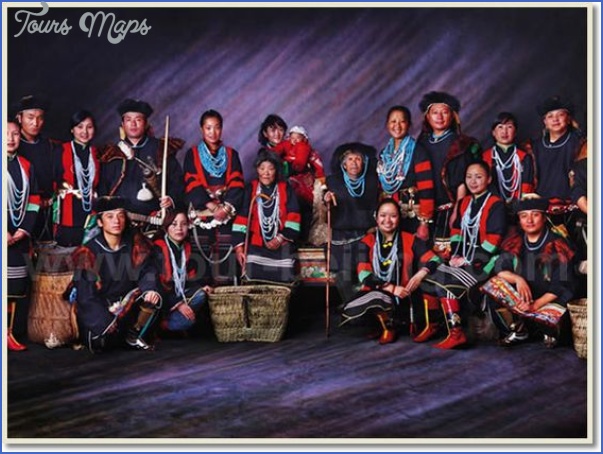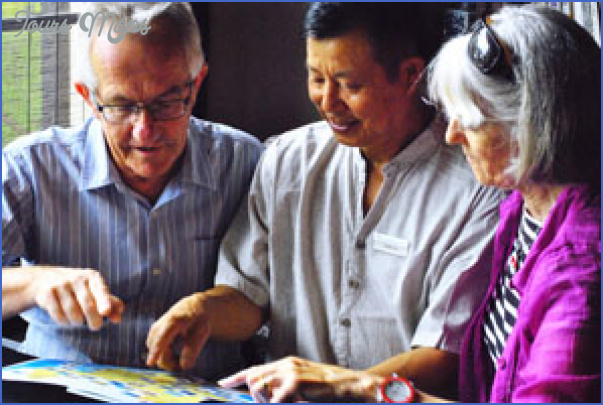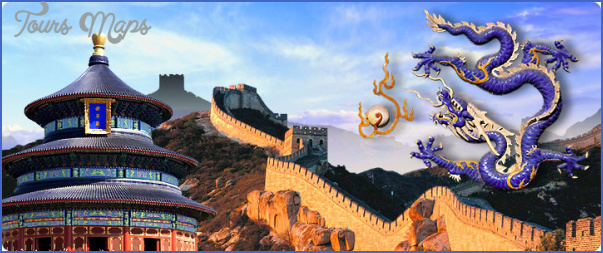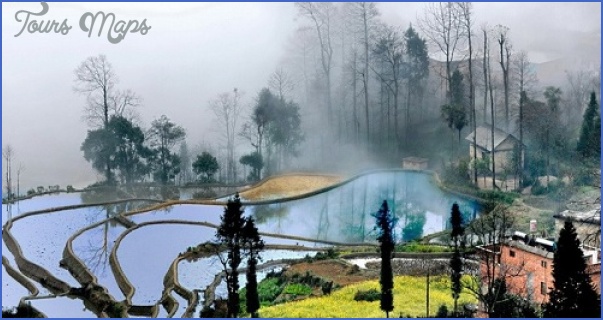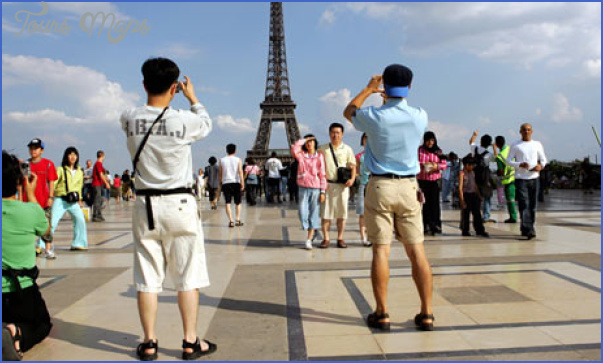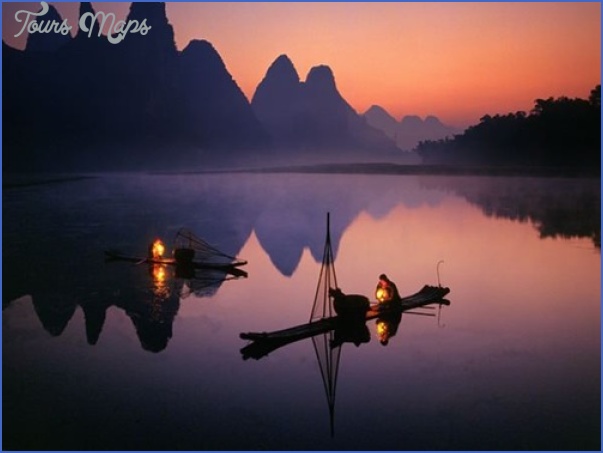During this time one of the Far East’s most distinctive philosophical movements emerged, that of Chan Buddhism or more commonly known by the Japanese variation “Zen”. Its followers believe that
Rock paintings in Tibet enlightenment is attained not just from spiritual insights but through intuition. Quite apart from the fact that Chan Buddhism with its notions of spontaneity and simplicity strongly influenced Chinese aesthetic notions, it encouraged a monks’ school of painting where short brush strokes only hint vaguely at objects without really describing them. The finest exponents of Chan painting are Liang Kai (early 13th c.), who was able to portray the human form in just a few strokes as in his famous portrait of the poet Li Bai, and also Mu Chi (c, 1220-c. 1290) who painted small insignificant objects such as a leaf, a persimmon or an insect with great attention to detail.
Yuan Dynasty During the Mongolian occupation, painting suffered. Classical works (1271-1368) were studied and copied. The “Four Grand Masters” of the Yuan years whose works exemplify the artistic tendencies of that era preferred to move south instead of accepting posts underthe Mongolian rulers. On the other hand the famous horse painter Zhao Mengfu (1254-1322) and his wife Guan Daosheng, the most celebrated woman painter in the history of Chinese art, did accept such an offer.
The Yuan Masters certainly lived their lives in accordance with the Confucian ethic, since they remained faithful to the old Chinese dynasty. In their painting, however, they realised the Taoist ideal of a peaceful and serene landscape. The best known of the masters is Ni Zan (1310-1374; see Famous People) who used such a dry brush that it was said “he saved ink not gold”. In his landscape paintings he reduced everything to its essence and there was no place for human forms. He used just a few light strokes of the brush, giving the blank spaces of white paper an important, constructive role.
In a political and cultural sense China flourished under Ming rule, although there were some powerful conservative forces at work. Painting followed the motto “Back to the Past” and anything new and original was despised – the academic canon had to be retained. This was the first style of Chinese painting that the West encountered and wealthy Europeans certainly had ample opportunities to appreciate it. For one reason artists were simply more productive than the artists who worked in the preceding centuries. As more and more examples of Chinese art reached the West, however, the impression formed that it was affected and manneristic.
Chinese language travel guide Photo Gallery
Maybe You Like Them Too
- The Best Cities To Visit in The World
- World’s 10 Best Places To Visit
- Coolest Countries in the World to Visit
- Travel to Santorini, Greece
- Map of Barbados – Holiday in Barbados


